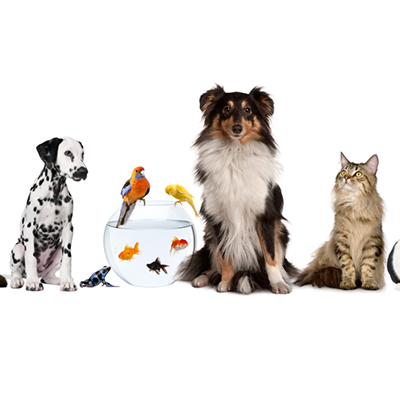
I was staying away this week which means I get to watch the sort of TV that is frowned upon at home, therefore I was engrossed in a programme about a veterinary surgeon that performs miracle surgery on much loved furry patients. This was fascinating not just for the gory footage of major operations, but actually for the dedication and love that the owners had for their pets.
Having owned various pets over the years I do understand the bond that forms with animals and owners; after all, you commit to a pet for many years and they become a part of your life, notwithstanding chewed footwear, hairy furniture and colossal vet bills. I miss my last dog even yet, although it’s now seven years since I had a companion that didn’t answer back.
I work regularly with people who have guide dogs and the dedication of these animals to their owners, not to mention the reliance those owners have on the dog, never ceases to impress. It’s more than an owner/pet thing. It’s a true partnership.
So, what happens when a person goes to live in supported accommodation or residential care? Are pets allowed?
Dog Tale
I have known shared houses where one of the residents so missed his family dog that the staff and other sharers agreed to have a house pet. They considered re-homing a stray, or getting a puppy. In the end, they somehow acquired a very handsome but totally loopy crossbreed dog. The business case for this included the sales pitch that it would encourage the service users to get out and walk every day. It would support them in learning to be responsible for another life, to develop routines and to learn about caring for animals.
Well I guess you can all guess the outcome; it did not take long for the staff’s initial enthusiasm to wane, the daily walks became a chore and the prospect of cleaning up the dog’s business prompted huge disagreements. Whilst the plan had been a generous one, the service users really didn’t want to commit to the longer term and the staff were not keen either. The final straw was when the dog in a fit of excitement threw itself through the conservatory window. Nobody was hurt, but the scheme for pet ownership was finished. The pup went to live with one of the more dedicated staff and was rarely mentioned again.
Another way
I have just signed off a risk assessment for the introduction of a ‘buddy dog’ in one of our services. Unlike the previous story, where significant commitment was called for, this only requires doggy-tolerance for an hour or so at a time. The animal in question is a soppy Labrador and his business is always done before he arrives. The risk assessment considers the infection control issues, allergies, the potential for service users to be afraid, or even over excited and cause Fido to misbehave, as well as any religious or cultural issues arising from having an animal in the home. The benefits are clear in the faces of the residents and the calm that sitting with a Labrador’s head in your lap can induce.
If you cannot offer the opportunity to own pets for service users who are animal lovers and really want to have that experience, then buddy dogs can be the answer. You can manage the level of access and plan the visits to meet the needs of the service user, but you won’t have to deal with chewed up slippers or puddles on the carpet. Or, indeed, shattered double-glazing.



